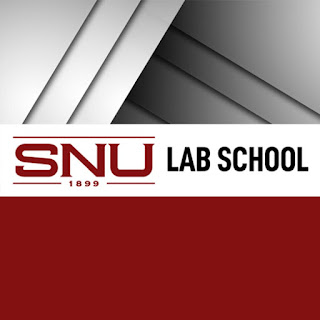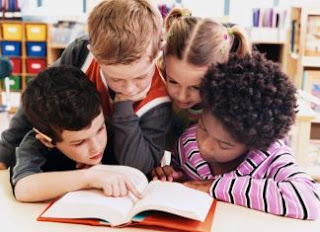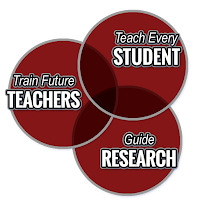One of the greatest dis-services we've done to children today, is placing greater emphasis on a letter grade rather than mastery of learning. I've heard it said this way, "We grade beef and eggs, we should not grade children." In my previous blog post, I discussed at length the idea of mastery learning and the importance of students taking agency over their learning in order to foster a growth mindset and a life-long love of learning.
 The days of focusing on grades and downplaying the specifics about what students are learning, are over. Today's parents want to know more about standards and as a result, parents are getting more information about their students’ achievement than ever before.
The days of focusing on grades and downplaying the specifics about what students are learning, are over. Today's parents want to know more about standards and as a result, parents are getting more information about their students’ achievement than ever before.For example, more than 80% of states have adopted the Common Core State Standards, which are educational standards (not curriculum) for English and Math in K-12 schools. Every state, including Oklahoma, has educational standards, and list skills that students should learn at each grade for all subject areas as well, including science, PE, social studies, technology, and fine arts. Today's teachers are responsible for teaching these skills to their students’ grade level, although the standards do not specify how teachers should teach. One internal advantage of using standards based report cards is that is helps schools communicate the standards they are teaching from grade-to-grade.
So what is a standards-based report card?
On traditional report cards, students receive one grade for reading, one for math, one for science, and so on. A standards-based report card lists the most important skills students should learn in each subject at a particular grade level. So when we use our report card for example, we see a list of skills under each subject. And, instead of letter grades, students receive marks that show how well they have mastered each skill.
How does this help parents?
Since letter grades often factor in things like behavior, performance on tests, effort (good luck measuring that) in addition to the actual knowledge a student possesses about content, grades often do not speak to mastery of skills, but more to students in-class performance. Then there is the problem about what is taught in 3rd grade English from school-to-school. A traditional report card does not go far enough in providing details about mastery of skills or if the child (or teacher) have met the standards in their their particular state.
By using standards-based report cards we can provide more consistency between teachers than traditional report cards because all students are evaluated on the same grade-level skills. Parents can see exactly which skills and knowledge their child has acquired. This approach also allows us to measure skills like creativity and performance through project-based standards, and also provide standards for behavior through grade level standards for social emotional learning. This is a much more transparent approach to sharing students strengths and clearly informing parents of the specific areas where students are struggling and helping them see what students should be able to do at all grade levels, instead of hiding or nesting behavior assessments in a subject-area letter grade.
This approach and using mastery level grading allows us to work towards year-long goals and helps reduce anxiety when students haven't yet mastered and are in the first or second reporting period. Most students do not master all of the year's standards during the first reporting period, so this approach allows us to help better communicate areas to grow without assigning a permanent grade in the middle of the learning process. This allows for "eventual learning" to kick in and for students to be free from fear and condemnation that comes from anything less than an A.
On the high end of this approach, we are able to enrich and challenge students who are truly exemplary in their learning. One analogy I've used to explain the difference to a parents is: “You climb up the hill to be proficient, but you have to fly off to be exemplary.” Standards-based report cards provide the added benefit of keeping teachers and parents focused on student learning goals from the very beginning of the year and gives students a chance to get help when it’s most needed, sooner rather than later.
The SNU Lab School sees project-based learning, content area learning, and social emotional learning as equally important areas of emphasis. We assess student success in each area using a mastery learning model as part of our rich legacy. As a school who values diversity of thought, equal opportunity, and is built for belonging, we invite you to come learn more about us and consider joining our growing community!








